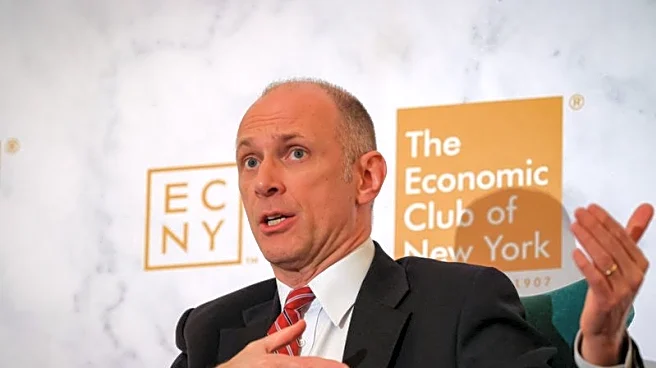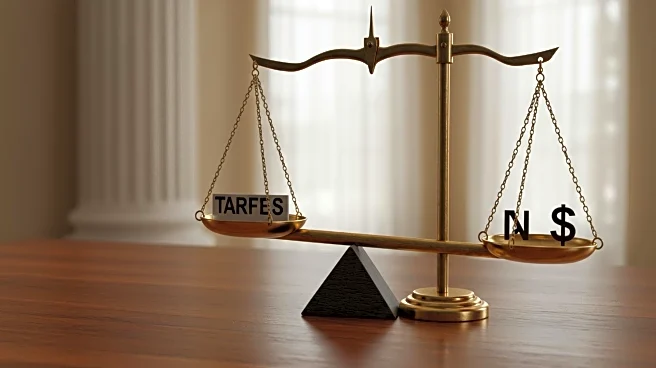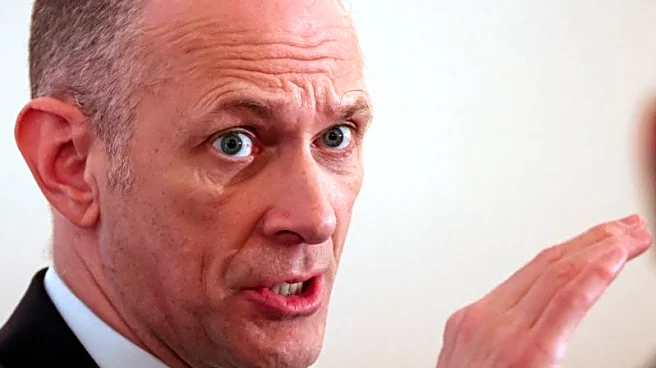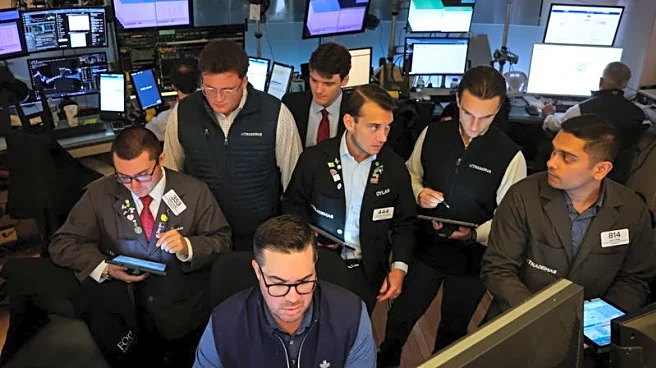What's Happening?
Chicago Federal Reserve Bank President Austan Goolsbee has indicated openness to a potential rate cut in the fall, contingent on inflation and labor market data. Goolsbee expressed concerns about the impact of tariffs on inflation and remains unconvinced about labor market deterioration. He emphasized that upcoming meetings will be 'live,' with decisions based on the latest data. The Fed's July meeting saw dissents from officials advocating for rate cuts due to perceived labor market weakness. Goolsbee's comments suggest a cautious approach, with the possibility of rate adjustments if economic indicators align.
Why It's Important?
Goolsbee's remarks highlight the Federal Reserve's careful consideration of economic data in shaping monetary policy. A rate cut could stimulate economic activity by lowering borrowing costs, but the decision hinges on inflation and labor market trends. The Fed's approach reflects its dual mandate of promoting maximum employment and stable prices. Goolsbee's openness to rate cuts underscores the central bank's flexibility in responding to economic conditions, which could impact sectors sensitive to interest rates, such as housing and consumer spending.
What's Next?
The Federal Reserve's upcoming meetings will be critical in determining the direction of interest rates. Goolsbee's comments suggest that the Fed will closely monitor inflation and labor market data before making decisions. The central bank's stance may evolve based on new information, with potential rate cuts aimed at achieving economic stability. Stakeholders will be watching these developments, as they could influence monetary policy and economic growth.












